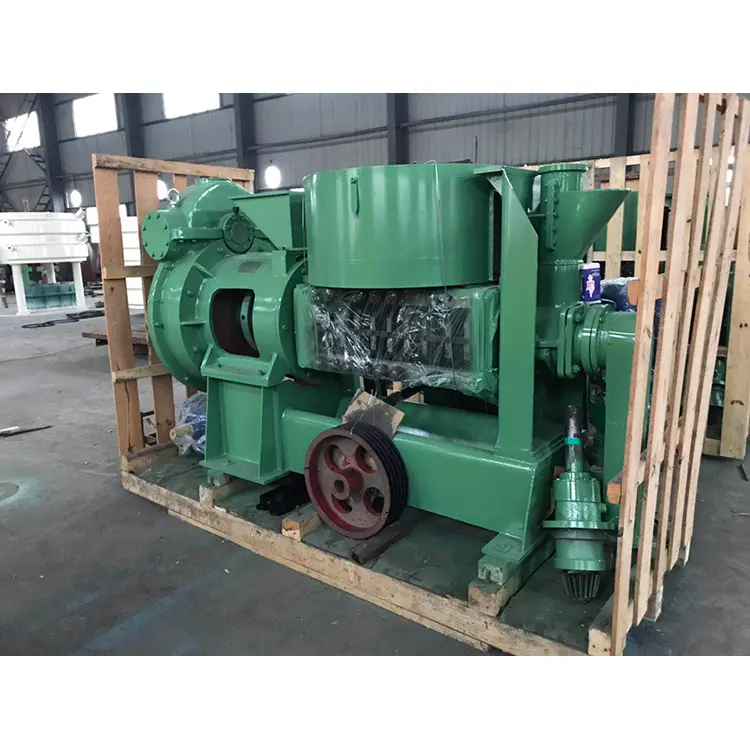Aug . 10, 2024 14:30 Back to list
Exploring the Process and Benefits of Flaxseed Oil Refinery Units for Health and Industry
The Flaxseed Oil Refinery Unit An Overview
Flaxseed oil, derived from the seeds of the flax plant (Linum usitatissimum), has garnered considerable attention in recent years due to its myriad health benefits and nutritional value. This oil, rich in omega-3 fatty acids, lignans, and fiber, is not only a popular addition to dietary regimens but also serves as a base ingredient for various industrial applications, including cosmetics, pharmaceuticals, and biofuels. The processing of flaxseed oil into a refined product necessitates a sophisticated refinery unit designed to optimize yield, enhance purity, and maintain the quality of the oil throughout the extraction and refining process.
The Importance of Flaxseed Oil
Flaxseed oil is renowned for its high content of alpha-linolenic acid (ALA), a type of omega-3 fatty acid that is essential for human health but cannot be synthesized by the body. Regular consumption of flaxseed oil is linked to numerous health benefits, including improved cardiovascular health, enhanced skin condition, and potential anti-inflammatory effects. Furthermore, with the rise in health consciousness among consumers and the increasing demand for plant-based oils, the flaxseed oil market is on an upward trajectory.
The Refining Process
The refining of flaxseed oil is a critical step that involves several processes aimed at removing impurities, enhancing flavor, and prolonging the shelf life of the oil. A typical flaxseed oil refinery unit includes several key stages
1. Cold Pressing or Solvent Extraction The initial extraction of oil can be performed through mechanical cold pressing or by using solvent extraction methods. Cold pressing is preferred for preserving the oil's nutritional content, while solvent extraction may yield a higher oil quantity.
2. Degumming This process involves the removal of phospholipids, which can cause the oil to become cloudy. By adding water or acid to the oil, these impurities are separated and eliminated.
3. Neutralization Free fatty acids present in the oil are neutralized using an alkaline solution, typically sodium hydroxide. This step helps in improving the taste and stability of the oil.
flaxseed oil refinery unit

4. Bleaching In this stage, adsorbents such as activated clay or activated carbon are used to remove any color pigments and residual impurities, giving the oil a light color and clear appearance.
5. Deodorization The final step involves heating the oil under a vacuum to remove volatile compounds responsible for any undesirable odors or flavors. This step is crucial for ensuring that the final product is palatable and suitable for culinary use.
The Equipment in a Flaxseed Oil Refinery Unit
A modern flaxseed oil refinery unit comprises sophisticated machinery designed to facilitate each stage of the refining process efficiently. Some essential equipment includes
- Oil Press To extract oil using hydraulic or screw mechanisms. - Degum Tanks For the initial treatment of the extracted oil. - Neutralization Tanks Where the oil is treated with alkaline solutions. - Bleaching Systems Incorporating filter presses or bleaching towers. - Deodorization Columns Equipped with steam injection systems to ensure effective removal of volatile compounds.
Environmental Considerations
As with any industrial process, it is crucial to consider the environmental impact of flaxseed oil refining. Advanced refinery units are increasingly incorporating sustainable practices such as waste recycling, energy-efficient technologies, and adherence to regulatory standards to minimize their ecological footprint. The trend towards sustainability not only enhances the operational efficiency of refinery units but also aligns with the growing consumer demand for environmentally friendly products.
Conclusion
The flaxseed oil refinery unit plays a pivotal role in transforming raw flaxseed into a refined oil that is widely used in various sectors. Through careful processing and advanced technology, these units ensure that the oil retains its beneficial properties while meeting consumer expectations for quality and purity. As the demand for flaxseed oil continues to rise, the evolution of refinery technology and sustainable practices will be critical in shaping the future of this industry.
-
High-Efficiency Peanut Oil Refined Machine for Quality Oil Production Leading Exporters & Companies
NewsJul.08,2025
-
High Efficiency Sunflower Seed Oil Press – Leading Cooking Oil Press Machine Factories & Suppliers
NewsJul.08,2025
-
High-Efficiency Soybean Oil Press Machine – Leading Exporters & Reliable Companies
NewsJul.07,2025
-
High-Efficiency Seed to Oil Extractor – Reliable Extraction Machinery for Your Business
NewsJul.07,2025
-
High-Quality Pressing Screw of Oil Expeller for Efficient Oil Extraction Leading Exporters & Manufacturers
NewsJul.06,2025
-
High-Efficiency Essential Oil Extraction Machine Trusted Exporters & Companies
NewsJul.06,2025
